 Fitness – the one thing that tech-dependent world really needs to focus on, given the sedentary state that people are slowly being pushed towards. And, what better way to promote a healthy lifestyle to technophiles than using technology instead. With sensors to measure every single aspect of being, such as heart rates, blood pressure, the number of steps taken, which direction you are going, how high you have been, how well you have slept, what time you slept – keeping track of your body is now as easy as strapping on a fitness band on your wrist and keeping in touch via your mobile.
Fitness – the one thing that tech-dependent world really needs to focus on, given the sedentary state that people are slowly being pushed towards. And, what better way to promote a healthy lifestyle to technophiles than using technology instead. With sensors to measure every single aspect of being, such as heart rates, blood pressure, the number of steps taken, which direction you are going, how high you have been, how well you have slept, what time you slept – keeping track of your body is now as easy as strapping on a fitness band on your wrist and keeping in touch via your mobile.
EVOLUTION: Technology is evolving to include every other aspect of our life including the clothes we wear, the equipment we use at the gym (or home) and of course – accessories. Technology in shoes is where it all started with better soles to promote a better flow of blood to improve stamina and oxygen flow, to technology in clothes for sportsmen and subsequently the people who could afford it as consumers. Now fitness bands, or fitness tracers that can be stored around your neck or in your pocket will measure everything from your daily life and show this to you in empirical data. Most post-2014 mobile phones will also collect this data for you, discretely or actively, depending on how you program it. What is important is how the data is translated into action.
MOBILE: Most mobile phones available in the market today are very capable fitness trackers. Running powerful multi-core processors and a plethora of sensors, they collect all forms of data. With a wide variety of fitness tracking applications available from third party vendors and a host of applications being pre-bundled by some brands – these applications manage the data being collected and allow you to glean this data as needed. Most fitness applications also have a system where the data from the mobile phones is sent to the servers and statistical data is derived from this. Some of the fitness apps around include FitBit, RunKeeper. The iPhone and high-end Samsung phones come with great health monitoring applications that keep track of critical data as well.
TRACKERS: Also available in the market are fitness trackers. Available from various brands in a multitude of shapes, sizes and price variants covering sensors of all kinds ranging from simple pedometers and sleep sensors to trackers that have sensors for your heart rate, speed, height, blood pressure, and even tell the time sometimes. Sporting a variety of price points, these devices work like bees, gathering all the information they can to bring them to a single dashboard where you can address this data and make your inferences. These trackers quite discrete unless you wear a bright red wrist band that says “I have a fitness tracker”. The FitBit and Jawbone rate quite high with great sensor technology. The new Withings Activité has won a lot of attention thanks to its award winning presence at CES and a new fitness band called GoQii is now available in US that features a fitness band with a human element.
EQUIPMENT: Gyms are not far behind in the application of technology and how it adapts to individuals. While some cardio exercise machines like the spin cycle or the treadmill need manual input, technology has evolved where you can pre-set your preferred exercise routine, moderate it to your match your day’s routine, and have your device monitor how much you have already stressed your body. This can be managed by your tracker that relays your vital information to the gym equipment and pulls exercise data and transfers it to your fitness application all the while monitoring if you are well. A great example is LifeFitness and their LFopen Platform that allows a range of fitness brands to connect with their equipment for a better workout.
THE HUMAN ELEMENT: While all of the above automates the entire system quite effectively if you are self-driven and can convert data into actual action points to improve your health, nothing beats the input of human knowledge when you can’t. A machine can only point you to what it can be programmed to say. A human can adapt to situations and guide in the best course of action and so a combination of the best value for money technology and human input is the best way to go.
THE INTEL CONNECT: Intel are at the forefront of creating great fitness technology right from medical scanning equipment to smarter, smaller processors and systems that fitness equipment can use. Embedded solutions using Intel’s Atom platform are making equipment, smarter, and better connected to create an ecosystem of health and fitness data to motivate a healthier lifestyle. This is evident from this video. Intel embedded products enable high-tech fitness centers with intelligent and internet connected equipment (sic) as can be seen on this video from their Fitness Center of the Future. Last, but not the least, Intel have created a great solution called, PEAK, which is one of the best Fitness, Sleep and smartwatch combination devices available in the market for an extremely reasonable price point. Read more here.
This article first appeared on the Intel IQ UAE website on the 10th of March, 2016.




